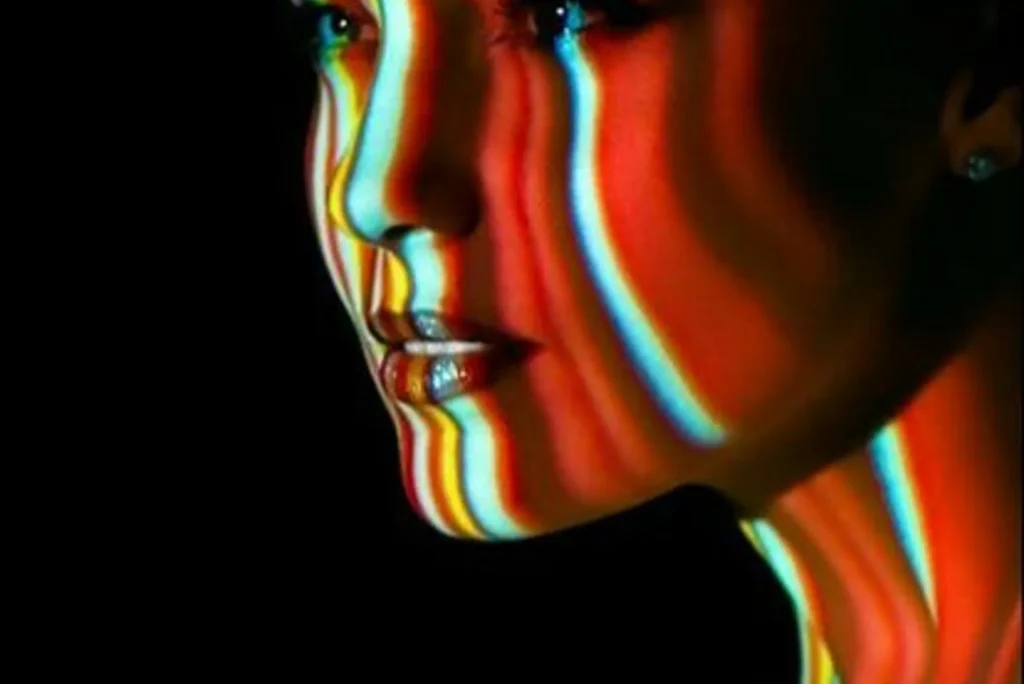The advent of color photography revolutionized how we document and perceive the world around us. Unlike black-and-white images, color photos provide a vibrant and lifelike portrayal of moments, allowing viewers to connect with scenes in a profoundly emotional and realistic way. This remarkable innovation has a rich history, stretching from the experimental phases of the 19th century to its mainstream adoption in the 20th century.
Understanding when color photos came out involves diving into the experiments, breakthroughs, and visionary minds that shaped its development. Let’s explore the milestones of this incredible journey.
Early Attempts at Color Photography
The idea of capturing the world in color fascinated scientists and inventors long before it became a reality. In the early 19th century, several efforts were made to capture color images using primitive techniques and chemical reactions.
One of the first documented experiments in color photography was conducted by Thomas Wedgwood in the late 1700s. Although he succeeded in producing silhouettes on photosensitive paper using light, his process could not fix the image permanently, making it impractical for widespread use.

The real breakthrough came in 1861 when James Clerk Maxwell, a Scottish physicist, demonstrated the first durable color photograph. Maxwell used the principle of additive color theory by capturing three monochrome images of a tartan ribbon, each through a red, green, or blue filter. When these images were projected together, they formed the first-ever color photograph. This experiment marked a turning point in photography, laying the foundation for further advancements.
Table: Key Milestones in Color Photography
| Year | Milestone | Description |
|---|---|---|
| 1861 | Maxwell’s Tartan Ribbon | First durable color photograph using additive color theory. |
| 1907 | Introduction of Autochrome Lumière | The first commercially viable color photographic process. |
| 1935 | Launch of Kodachrome | A significant leap with the first modern color film for still photography. |
| 1976 | Widespread Use of Color Photography | Color photography overtakes black-and-white in popularity. |
The Autochrome Revolution
In 1907, the Lumière brothers introduced the Autochrome Lumière process, which became the first commercially viable color photographic method. This innovative system used dyed grains of potato starch to filter light and produce color images. Autochrome plates gained immense popularity, especially among professional photographers, because they allowed the masses to capture the world in color for the first time.
Although the process was groundbreaking, it still had limitations. Autochrome images required long exposure times, making it challenging to capture dynamic or fleeting moments. However, it set the stage for further experimentation and the eventual perfection of color photography.
The Emergence of Modern Color Film
The next significant leap in color photography came with the invention of Kodachrome in 1935 by Kodak. Unlike earlier methods, Kodachrome film offered vibrant, stable colors and became a favorite among both amateur and professional photographers.
Kodachrome worked by layering three emulsions on a single film strip, each sensitive to one of the primary colors. The film’s superior quality made it the go-to medium for documenting historical events, wildlife, and artistic compositions. Iconic photographs from the 20th century, including images from National Geographic, were often captured using Kodachrome.
Kodachrome’s success paved the way for other color films, such as Fujifilm’s Fujicolor and Agfacolor, offering photographers more choices and accessibility.
The Transition to Popular Use
Color photography remained relatively expensive and niche during its early years. Black-and-white images dominated the photography market because they were cheaper and easier to develop. However, the situation began to change in the mid-20th century as color film production costs decreased, and processing techniques became more streamlined.
By the 1970s, color photography had overtaken black-and-white in terms of popularity. This shift was driven by advancements in technology and an increasing demand for vibrant and realistic images in media, advertising, and personal photography.
The Digital Era and Beyond
The advent of digital photography in the late 20th century brought another revolution in color imagery. Digital cameras eliminated the need for film and darkroom processing, making color photography accessible to virtually everyone. The ability to instantly view and edit images further democratized the art of photography, allowing individuals to experiment with color in ways previously unimaginable.
Today, color photography continues to evolve with innovations in high dynamic range (HDR) imaging, artificial intelligence (AI)-enhanced editing, and smartphone cameras. These advancements ensure that the legacy of color photography remains a vibrant and integral part of visual storytelling.
The Impact of Color Photography on Society
The introduction of color photography transformed not only the medium but also its cultural significance. From advertising and journalism to fine art and personal memories, color brought a new dimension to visual communication.
In journalism, color photography allowed readers to connect more deeply with stories. Vivid images from World War II, the civil rights movement, and space exploration gave people an unprecedented sense of proximity to historic events.
In the art world, color opened new avenues for expression. Renowned photographers such as William Eggleston and Steve McCurry used color to elevate their work, creating iconic images that remain etched in collective memory.
The history of color photography is a testament to human ingenuity and the desire to see and share the world as it truly is. From Maxwell’s tartan ribbon to the digital images we capture on our phones today, the journey of color photography has been marked by constant innovation and creativity.
Understanding when color photos came out allows us to appreciate the efforts of pioneers who paved the way for a technology that continues to shape our perception of reality. Color photography is more than just a medium; it is a celebration of the vibrant diversity of life itself.
